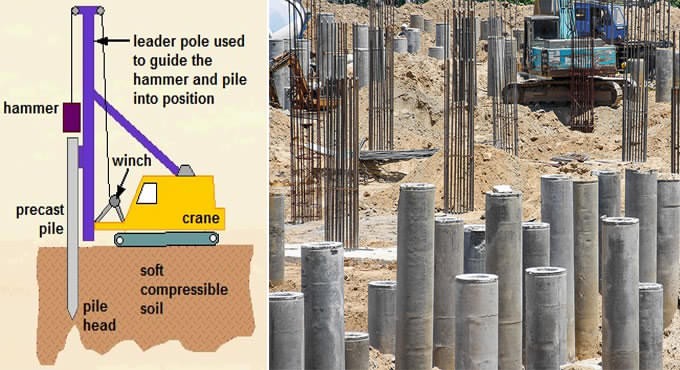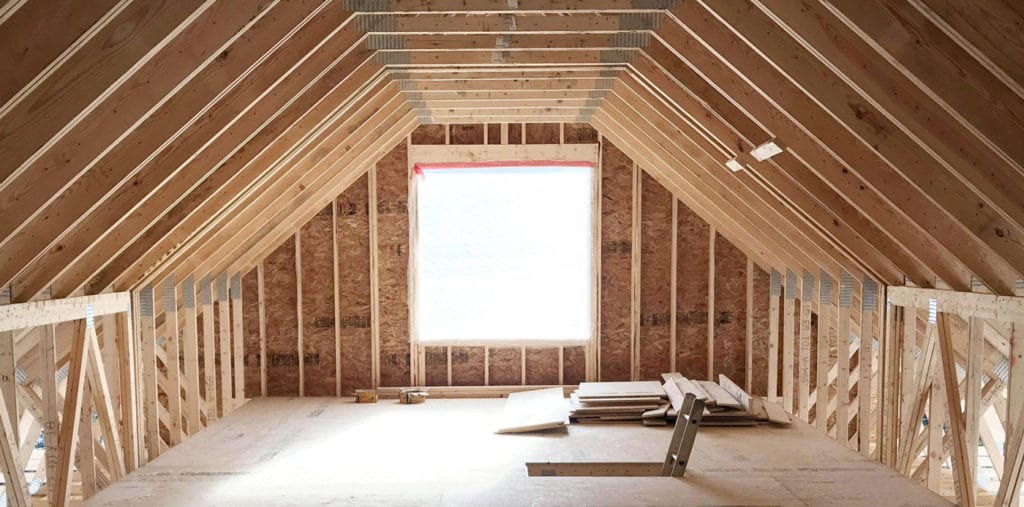When it comes to constructing a strong and stable foundation for a structure, engineers and builders often turn to displacement piles as a reliable and efficient solution. Displacement piles are deep foundation elements designed to transfer loads through soil layers to deeper, more competent strata. In this blog post, we’ll explore the concept of displacement piles, their various types, installation process, advantages, and applications.
Understanding Displacement Pile
What are Displacement Pile?
Displacement pile are a type of deep foundation system that relies on the principle of displacing soil during installation to create space for the pile. Unlike other types of piles, such as bored piles, displacement pile do not remove soil during the installation process. Instead, they push the surrounding soil aside, generating minimal disturbance to the ground.
Types of Displacement Piles
There are two primary types of displacement piles:
Driven Displacement Piles: These piles are driven into the ground using specialized equipment, such as a pile driver or hydraulic hammer. The force applied during installation pushes the soil laterally, creating a void around the pile.
Screw Piles: Also known as helical piles, screw piles have helical plates welded to a central steel shaft. During installation, the piles are rotated into the ground, displacing the soil and forming a stable shaft.
Installation Process
The installation process of displacement piles involves the following steps:
Site Investigation: Before commencing construction, a thorough geotechnical site investigation is conducted to determine the soil properties and identify any potential challenges.
Pile Positioning: Engineers carefully design the pile layout and determine the optimal locations for installing the displacement piles.
Pile Installation: Depending on the type of displacement pile chosen, the piles are either driven into the ground using impact hammers or rotated into the soil like screw piles.
Testing: After the piles are installed, various load tests are performed to ensure their integrity and load-bearing capacity.
Advantages of Displacement Pile
Displacement pile offer several advantages, making them a preferred choice for many construction projects:
Minimal Ground Disturbance: As the piles displace the soil instead of removing it. There is minimal ground disturbance, leading to less environmental impact.
High Load-Bearing Capacity: Displacement pile provide excellent load-bearing capacity, making them suitable for supporting heavy structures.
Suitable for Various Soil Conditions: These piles can be used in a wide range of soil conditions, including cohesive soils, granular soils, and even areas with groundwater presence.
Faster Installation: Compared to other deep foundation methods, displacement pile can be installed relatively quickly, saving time and labor costs.
Applications of Displacement Piles
Displacement pile find extensive use in various construction scenarios:
Building Foundations: They are commonly used for constructing foundations of residential, commercial, and industrial buildings.
Bridges and Overpasses: Displacement pile provide stable support for bridge piers and overpasses, ensuring the safety and longevity of these structures.
Marine Structures: They are employed in the construction of wharfs, jetties, and offshore platforms due to their ability to withstand lateral forces.
Renewable Energy Projects: Displacement piles are utilized in the installation of wind turbines and solar panel arrays.
Conclusion
Displacement piles are an invaluable asset in modern construction, offering a reliable and efficient solution for establishing strong foundations. Their ability to minimize ground disturbance, high load-bearing capacity, and versatility in different soil conditions make them a top choice for engineers and builders alike. Whether it’s for building foundations, bridges, marine structures, or renewable energy projects. Displacement pile continue to play a crucial role in the construction industry, ensuring the stability and durability of diverse structures. Embracing this deep foundation system is a step towards constructing a safer and more sustainable future.




